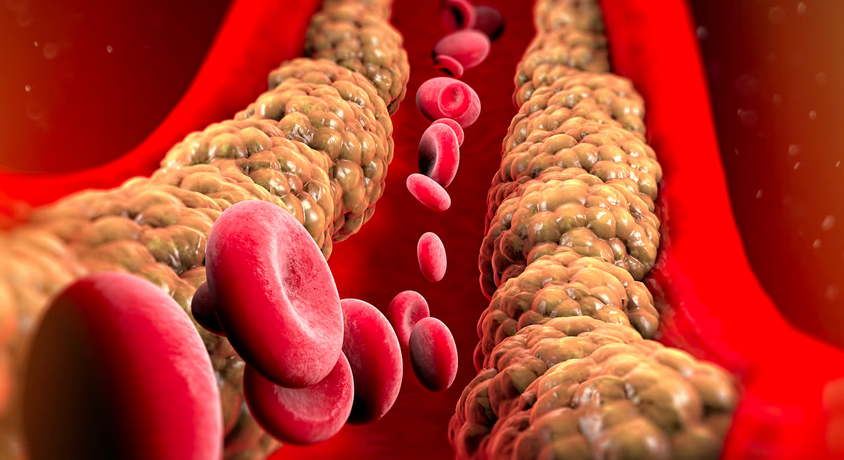Quantum computers can handle calculations that are well out of the reach of traditional computers, and now scientists in Australia have used the tech to observe something usually too fast for the eye to see. The team managed to slow down a molecular interaction by 100 billion times to see what’s really going on in a common chemical reaction.
The microscopic world of atoms and molecules is incredibly tricky to study, not just because everything is so small but because it all happens much faster than our eyes can register. Chemical bonds, for instance, can form and break on a scale of femtoseconds – quadrillionths of a second. That makes it difficult to understand exactly what’s happening during some key processes.
The link between Japanese Samurai & real Indigo (video)
For the new study, researchers at the University of Sydney used a quantum computer to slow down one of these super-fast processes. They witnessed what happens to a single atom when it encounters a geometric structure called a conical intersection, which are common in chemical reactions like photosynthesis. Scientists have been trying to directly observe these processes for decades.
Continue here: New Atlas


































